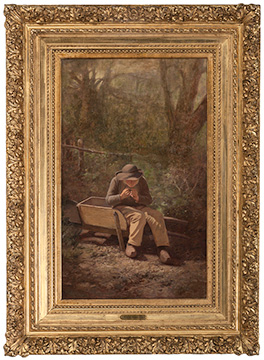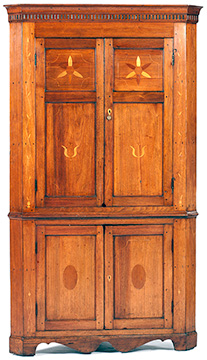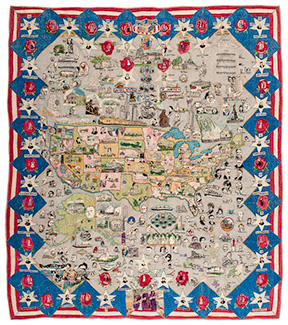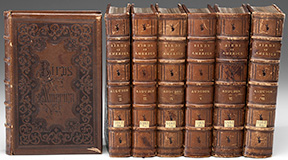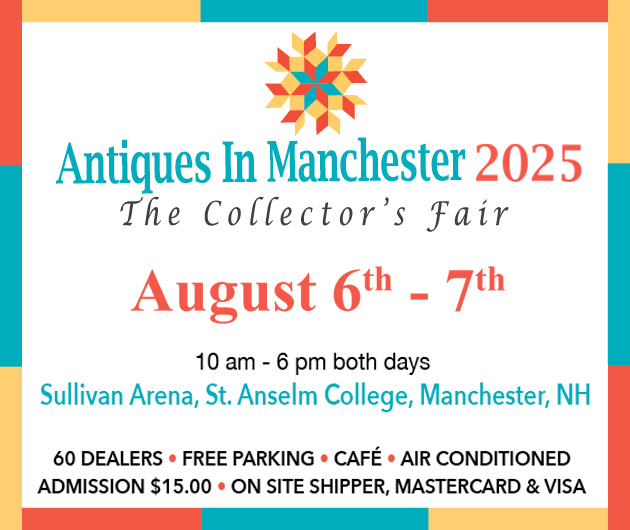Fine and Decorative Arts Auction
February 21st, 2015
|
Cincinnati Art Club tombola panel, oil on wood artist’s palette, 1894, 11¼" x 15½" plus frame, excellent condition, $50,400.
Carved patriotic eagle in cherry, probably third quarter of the 19th century, 32" high x 52¼" wide, small chips and minor age splits, loss to one side of tail feathers, a break to one talon, some flaking to paint in the mouth, old repair to one wing, $39,600.
Seven Daoguang blue and white dishes, 19th century, 6" diameter, repair to the edge of one plate, $12,300.
Man with Pipe by Birge Harrison (1854-1929), oil on canvas, signed and inscribed “Paris,” 35" x 21½" plus original frame, some inpainting, $10,800.
Kentucky inlaid corner cupboard in walnut, circa 1800, inlay including stylized flowers, vases, and vines, 83¾" high x 48½" wide, $12,000.
Folk art quilt by Camille Nixdorf Phelan (1882-1946) of Oklahoma, a chronicle of the history of the United States, signed and dated 1937, 73¾" x 64¾", scattered staining and some paint splatters, $19,200.
The Birds of America: From Drawings Made in the United States and Their Territories by John James Audubon (1785-1851), New York, V.G. Audubon and Roe Lockwood & Son, 1859, seven volumes, royal octavo, full embossed leather with title embossed on front and rear boards, having 500 colored lithographic plates with tissue covers, volumes just slightly cocked, some shelf wear and rubs on boards, scattered foxing, very little toning, $10,800. |
Cowan’s Auctions, Cincinnati, Ohio
Photos courtesy Cowan’s
tombola: a type of lottery, especially at a fete, in which tickets are drawn from a revolving drum.
More than 120 years after it first served as a fund-raiser for the Cincinnati Art Club, a painter’s palette decorated with 12 vignettes, each by a different Ohio artist, once again became a prize, selling for $50,400 (includes buyer’s premium) during the fine and decorative arts sale held February 20 and 21 by Cowan’s Auctions in Cincinnati.
The price was well over the $20,000/30,000 estimate, but Graydon Sikes, director of Cowan’s fine and decorative arts department, had mixed feelings.
“It is, in my opinion, the most rare, the most important thing I’ve ever handled as far as regional art is concerned,” he noted. “I said before I sold it that I’d be disappointed no matter what it brought.”
The Cincinnati Art Club tombola panel—named for the raffle through which it was sold—is the earlier example of only two known. Until recently, no one in the art world knew it existed. “It was totally buried,” said Sikes.
The panel came from what he described as “an old, old family in Cincinnati” that once owned a carriage company. It’s believed a member of the family won the panel in a Cincinnati Art Club raffle in the late 19th century. Over the years, the piece was set aside and forgotten.
Dated 1894, the panel bore the work of 12 artists:
* Henry Farny (1847-1916), known for his Native American scenes, painted a panoramic landscape with Indians, one on horseback, in front of an encampment with teepees.
* Arthur LeBoutillier (1852-unknown), a painter of miniatures and also a surgeon, had a portrait of a man.
* Thomas Corwin Lindsay (1839-1907), a native of Cincinnati, known for his landscapes, painted an impressionistic scene with buildings near water.
* Lewis Henry Meakin (1850-1917), a landscape painter, made an impressionistic marine scene with sailboats.
* Edward Potthast (1857-1927), a native of Cincinnati and an American Impressionist painter best known for his beach scenes of New England and New York, including Coney Island, did a portrait of a woman.
* John Good Reilly (1858-1937), a Cincinnati Reds first baseman who became a landscape artist and lithographer, painted a landscape of a tree-lined river at sunset.
* John Rettig (1858-1932), a fresco artist known for his large-scale theatrical projects, made a portrait titled A Moorish Dancer.
* Martin Rettig (1869-1956), a still life painter who started as a pottery decorator, brother of John Rettig, did a portrait of a woman.
* Avery Sharp (active late 19th century), a portrait painter and brother of Joseph Henry Sharp, made another portrait of a woman.
* Kitaro Shirayamadani (1865-1948), one of the most noted decorators at Rookwood Pottery Company, painted a landscape with a pair of rooks taking flight from a snowy clearing near pine trees.
* Albert Valentien (1862-1925), a pottery decorator and head of Rookwood’s decorating department, made a nautical scene with boats at rest on the water.
* Charles T. Webber (1825-1911), Cincinnati’s senior resident artist during the 1890s and a landscape painter, painted an impressionistic landscape with figures and an animal crossing a narrow bridge leading toward buildings in the distance.
The Cincinnati Art Club was founded in 1890, and its primary mission was to “promote the knowledge and appreciation of art” while providing artists with a reputable venue to exhibit their work. In the early years, funds were raised through tombolas.
Until recently, the only tombola prize known was an 1897 panel showing the works of 29 artists. That piece is on long-term loan to the Cincinnati Art Museum, where it is considered a local treasure.
The 1894 tombola panel shows an even earlier alliance of painters. The auction catalog noted, “Such collaborations among artists are virtually unheard of in 19th century American painting circles.”
The panel sold on the floor to an art collector from the Cincinnati area. Even though bidding surpassed the conservative estimate, the price was indicative of much of the art market.
“The market for Cincinnati paintings is soft,” said Sikes. “At one time there were huge collectors for Cincinnati art. None of those were players. If we had sold this ten years ago, it could have brought a quarter of a million dollars. Collectors have all they want.”
Other regional art included a Paul Sawyier (1865-1917) watercolor, Evening Light on Station Camp, Estill County, a summer landscape with a tree-lined waterway, signed, 11¾" x 20¾", that sold above estimate for $9000. “The Sawyier did very well,” said Sikes. “It was found in a drawer in one of the pieces of Kentucky furniture we sold, just loose in the drawer.”
Man with Pipe by Birge Harrison (1854-1929), depicting a man wearing wooden shoes and sitting on a wheelbarrow, oil on canvas, signed and inscribed “Paris,” with some restoration, sold just above the low estimate at $10,800. “He’s an important artist, and that painting had never come on the market before,” Sikes noted.
One of the more captivating works in the sale was an image of a nude woman looking over her left shoulder at her reflection in a full-length mirror. The work of Wilhelm Gallhof (German, 1878-1918), the painting sold toward the low end of the estimate, bringing $3240.
“That painting was the huge disappointment for me,” said Sikes. “There were like six people on the phone for this painting. I really thought that was going to get up in the five figures. It just petered out on the phone. Somebody got an unbelievable buy… In my opinion, that was the finest painting in the sale.”
Two things added to the allure of the work—the medium and the scarcity. The painting was done in oil, while much of Gallhof’s output consisted of drawings. Futhermore, his production was limited. As a young man, Gallhof was killed in action during World War I.
The session of Asian art was the weak point of the sale. Sixty-five percent of the 98 lots were passed. “Everybody was riding that wave for so long, and I think it’s starting to turn around, and only the most amazing stuff is attracting attention now,” said Sikes.
The best of the Asian material was a set of seven blue and white dishes, 6" in diameter, 19th century, each with a six-character archaic Daoguang mark. The dishes soared above the $1000/1500 estimate to sell for $12,300.
English, European, and Russian material fared OK, but it was the selection of American furniture and accessories where the sale was at its strongest, thanks to several pieces of Americana.
The best of those items was a carved spread-wing eagle with a shield, gripping arrow shafts and an olive branch in its talons. Made of cherry and likely dating to the third quarter of the 19th century, the patriotic piece measured 32" high x 52¼" wide and sold for $39,600. According to the family, it had been removed from a bank in northern Ohio.
Leah Vogelpohl, a specialist at Cowan’s, said the size and style of the carving were appropriate for a government building or public space, but there was no documentation for the eagle’s origin.
“As far as pre-auction interest goes, that was one of the pieces we got the most questions about,” said Vogelpohl. “We find in this area that sort of work does really well, that folk art.”
Other folk art of note included an Andrew Clemens (1857-1894) sand bottle, circa 1884, that realized $32,400. The pint bottle depicted a sailing ship over the date 1884 on one side, while the other had the name Estella in a floral wreath.
However, the most anticipated piece among the Americana was likely a folk art quilt made by Camille Nixdorf Phelan (1882-1946) of Oklahoma, signed and dated 1937. Illustrated with hundreds of stitched graphics that told the history of the United States from its founding until 1937, including a border of presidents, a central field showing a map of the country, and a mix of personalities and landmarks, the 73¾" x 64¾" quilt sold for $19,200.
 Phelan created another textile masterpiece, the Oklahoma History Quilt, which took five years to complete and was exhibited at the 1933 World’s Fair, the Century of Progress International Exposition in Chicago. That quilt now resides in the collection of the Oklahoma Historical Society.
Phelan created another textile masterpiece, the Oklahoma History Quilt, which took five years to complete and was exhibited at the 1933 World’s Fair, the Century of Progress International Exposition in Chicago. That quilt now resides in the collection of the Oklahoma Historical Society.
Surprisingly, little is known about the follow-up project, which has come to be known as the American History Quilt. The quilt was mentioned in a newspaper article during the World’s Fair, and a “national quilt” was also noted in a 1946 article written after Phelan’s death. Prior to the piece’s surfacing at an auction in New York state in 1983, questions remained as to whether the quilt was actually made and if it still existed.
“We really don’t know where it was for all those years, but it surfaced at this rural New York auction,” said Vogelpohl. At that point the quilt went into a private collection where it remained until returning to the market at Cowan’s, where it once again sold to a private buyer.
“We were really hoping that would go to a museum or institution,” said Vogelpohl.
The best of the furniture was a Kentucky blind-door corner cupboard in walnut, circa 1800, inlaid with stylized flowers, vases, and vines, 83¾" high x 48½" wide, that topped at $12,000, showing the continued strength of some regional pieces on the American market.
For more information, phone Cowan’s at (513) 871-1670 or visit (www.cowansauctions.com).
Originally published in the May 2015 issue of Maine Antique Digest. © 2015 Maine Antique Digest
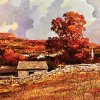

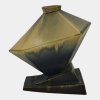





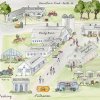
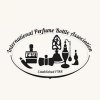

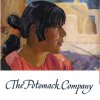

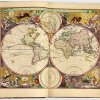



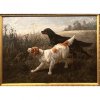
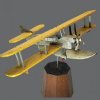

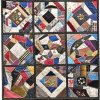


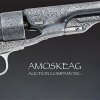




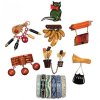








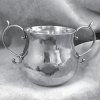




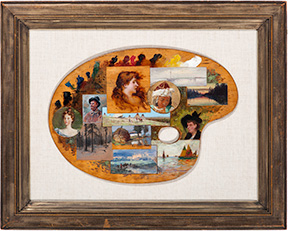
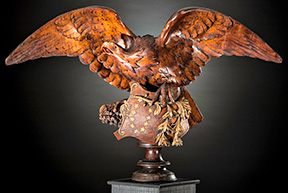
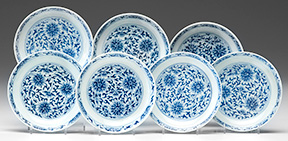
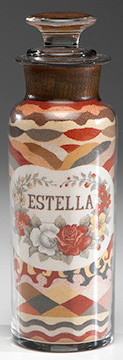 Andrew Clemens (1857-1894) sand bottle, dated 1884, pint, depicting a sailing ship on one side, the other having the name “Estella” surrounded by floral swags, the top of the stopper having an almost entirely intact label, the neck of the bottle having an intact original band with a checkered diamond pattern, 8¾" high, chip to the lip, $32,400.
Andrew Clemens (1857-1894) sand bottle, dated 1884, pint, depicting a sailing ship on one side, the other having the name “Estella” surrounded by floral swags, the top of the stopper having an almost entirely intact label, the neck of the bottle having an intact original band with a checkered diamond pattern, 8¾" high, chip to the lip, $32,400.